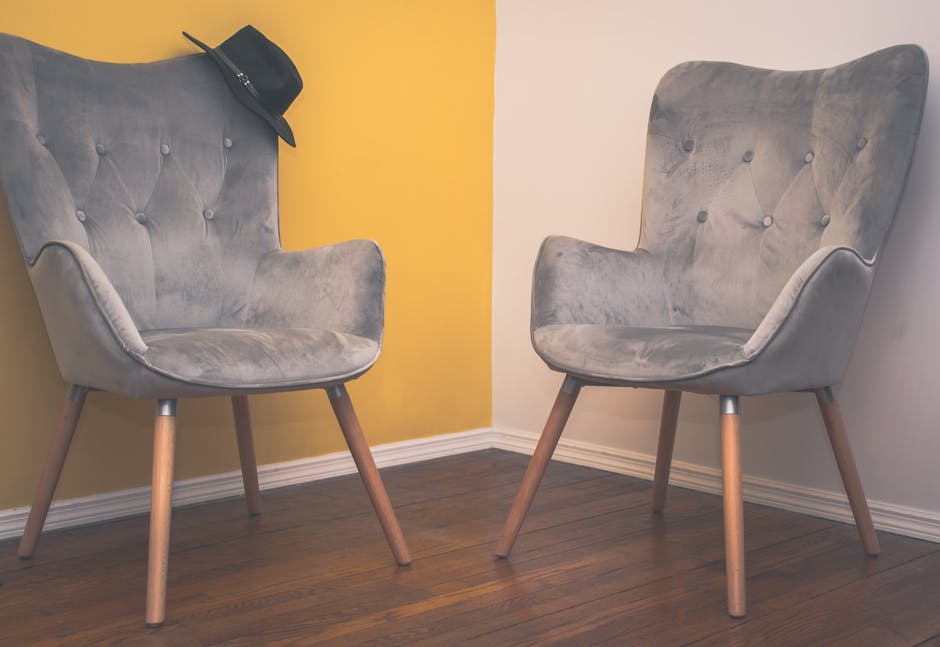 In 2018, the floor coverings industry was worth a whopping $26.9 billion. The floor is one of the features in a home you can’t afford to ignore. It changes the appearance of a house and can increase or decrease its value.
In 2018, the floor coverings industry was worth a whopping $26.9 billion. The floor is one of the features in a home you can’t afford to ignore. It changes the appearance of a house and can increase or decrease its value.
Hardwood floors are one of the most envy-inspiring and attractive flooring options. Are you after the hardwood floor look for your home?
If so, then you probably know that they cost a pretty penny to install. Fortunately, however, you can embark on a do-it-yourself project for hardwood flooring. Provided that you know how to install hardwood flooring.
If you do not know how to land a hardwood floor, the first thing to do is to start researching the process. Which is why you should check out this do-it-yourself guide!
Table of Contents
Room Preparation
Prepare the room by removing any padding or old carpeting. If the room already has a vinyl floor or sound wood, you can have the new flooring on top. A floating floor can also be ideal if you have concrete slabs.
Vacuum the sub-floor to remove any dirt. Laying your wooden floor on debris and other dirt particles can affect the outcome. If the floor has any mold, clean it out to prevent damage to the new wood floor.
Trim the jambs and doors casings so that the flooring can slide underneath. A handsaw is a great trimming tool. The smooth edges will allow your wooden finishing to have appealing aesthetics.
Measure the Room
You need to know the exact width and length of the room that requires flooring. Once you get the width and length, multiply the measurements to know the square footage. Your flooring material should be 15% more to account for any waste.
The measurement of the flooring in adjoining rooms is necessary. The wooden floor you choose should have the same thickness as other rooms. Different floor heights can be unsightly.
If you want to know how to install hardwood flooring correctly, getting the right measurements is non-negotiable. Wrong measurements will give you undesirable results. Trying to amend the mess later can prove to be more costly.
Purchase the Boards
With the variety of hardwoods available, you can’t miss an option that will meet your needs. If you are renovating your business space, hardwood commercial floors are the best. They are elegant and durable.
Buy the flooring a few days or even a couple weeks before the installation. The boards need to acclimate to your office space or house. Some types of hardwood are prone to shrinkage or expansion if they are transferred into a more humid or dry airspace. Knowing this in advance can save you from additional expenses.
You will also need to buy a vapor barrier paper to secure the sub-floor. The tar paper is inexpensive. The barrier is necessary for reducing air leakage and preventing condensation.
Lay out Your Flooring
When the room is ready, and you have the materials, start the installation process. You can start by placing your boards on the longest part of the room. Laying your wooden boards systematically ensures that you don’t end up with funky pieces.
You might need to adjust the measurements if the room you want to remodel has out of square walls. Ensure that you understand the lineup of all pieces to avoid extremely thin pieces at the end. A 3/8’ snap chalk line is recommendable as the floor can expand and contract based on the changing weather.
Your boards should align with the chalk line. Drill holes through the wood and into the floor. The nails ought to be on each joist and the whole first row.
The positioning of the boards should be perpendicular to all the underneath joists. The result is a solid anchor that will ensure that your flooring remains stable. You need to know how to nail hardwood floors so that it can be consistent with the sub-floor.
Gap Filling
Recent research shows that about three million people report on-the-job injuries each year. Falls, trips, and slips make up a significant part of these accidents. Such injuries mostly result from defective floors.
Filling gaps when flooring can prevent some of these floor injuries. The ends should fit well. Cut the appropriate end to allow fitting in the subsequent plank.
Cutting the groove can cause huge gaps on the floor. The only gap that should be present is the expansion space.
The pieces in the flooring boxes can have diverse shades. Take the pieces from each of the boxes to avoid having half of the room in a different tone. The piece you use to fill the gaps should complement the rest of the boards.
Clearance
You ought to clear the pneumatic nail gun as you approach the other side of the wall— drill holes and nail the boards for clearance. A pry bar can hold the hardwood plank firmly as you nail the wood.
When you place the last wood on the floor, there might be a narrow gap at the end. You’ll have to measure the last board so that it can fit into the remaining space. However, don’t forget to leave a gap for contraction and expansion.
Put wood putty on the nail holes to make the finishing appealing. The wood putty should match with the floor’s shade. Wipe off any excess putty to make the finishing seamless.
Maintenance of hardwood floors is easy. With an alcohol-based cleaning agent and a damp cloth, you can maintain the wood’s shimmer for years.
You Can Learn How to Install Hardwood Flooring Through these Simplified Steps
Hardwood floors can be acrylic-impregnated, engineered, or solid wood flooring. Choose the type of wood flooring based on the features you deem desirable. You can have a DIY project of either kind of these hardwood floorings.
If you don’t know how to install hardwood flooring, the variety of online tutorials available can be a great guide. Once you get the materials required, installing the flooring is not rocket science. Yet, you need to ensure that your wood planks are stable to avoid constant remodeling.
If you need more useful homeowner info, go through our site for more informative articles.







